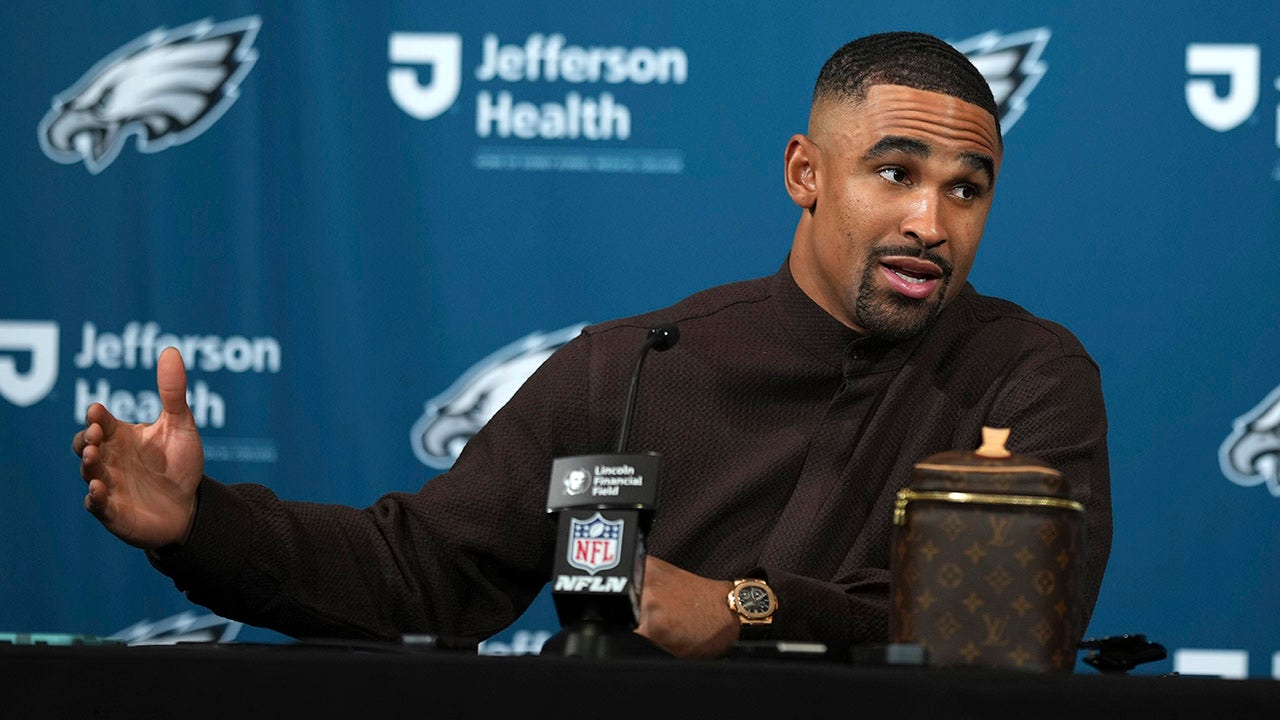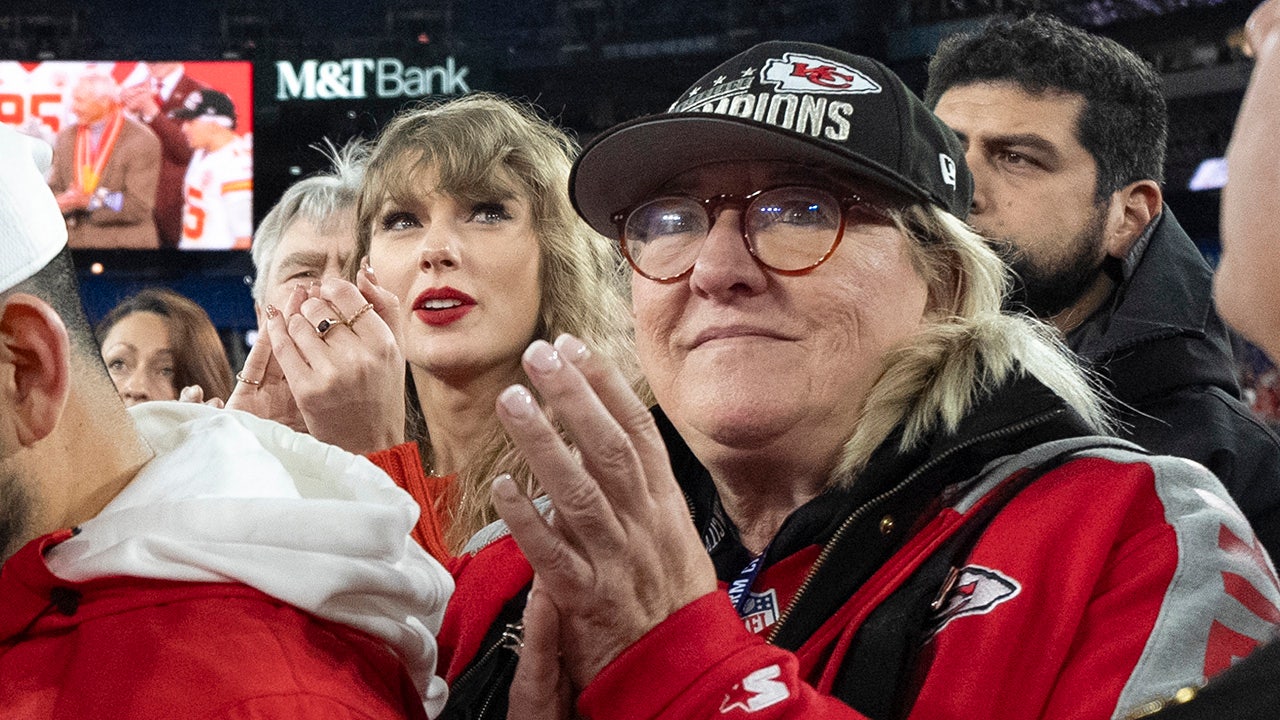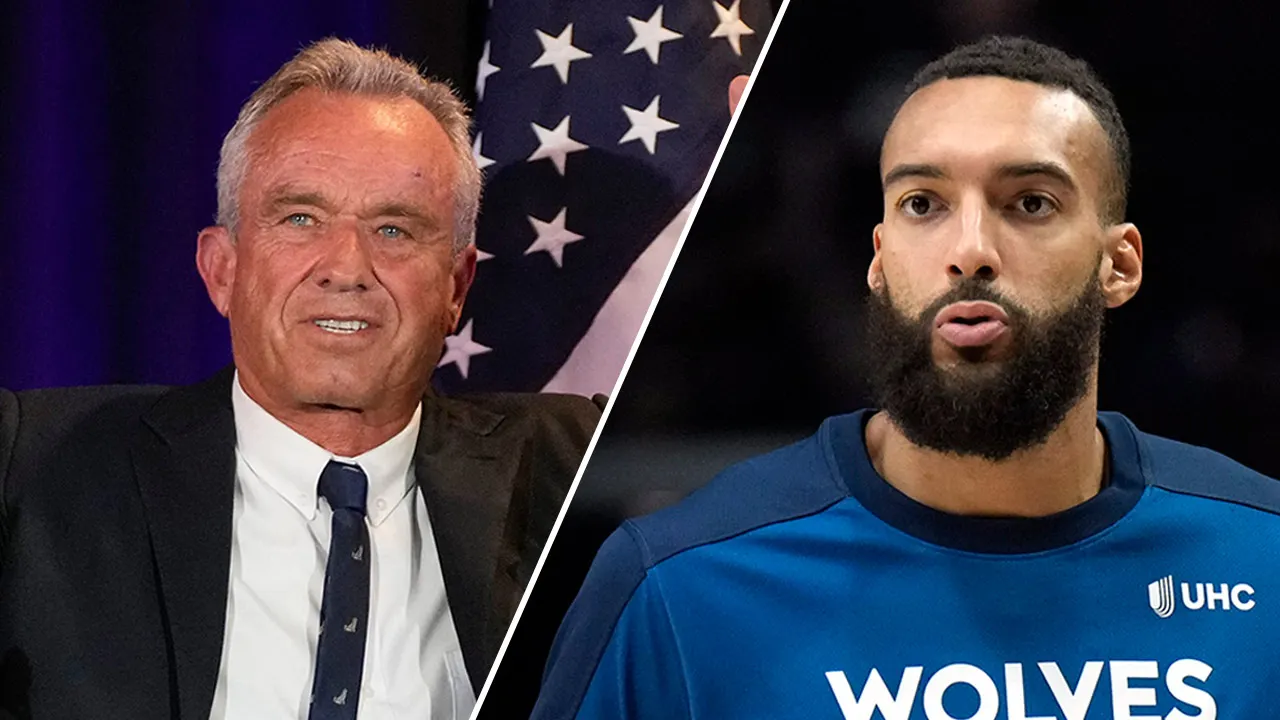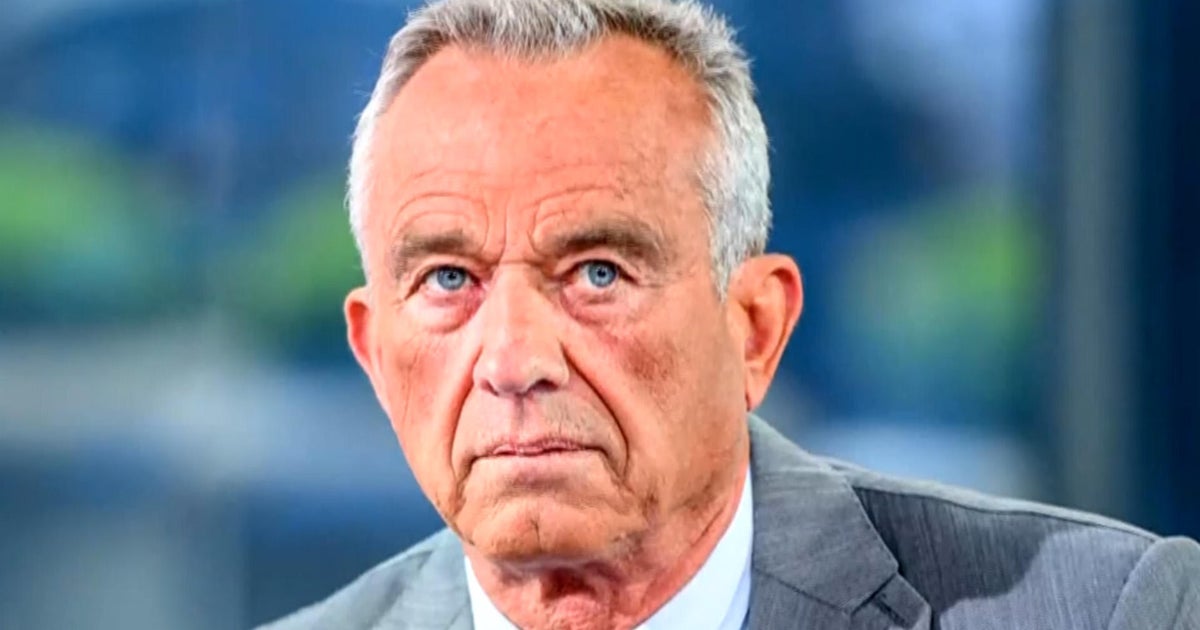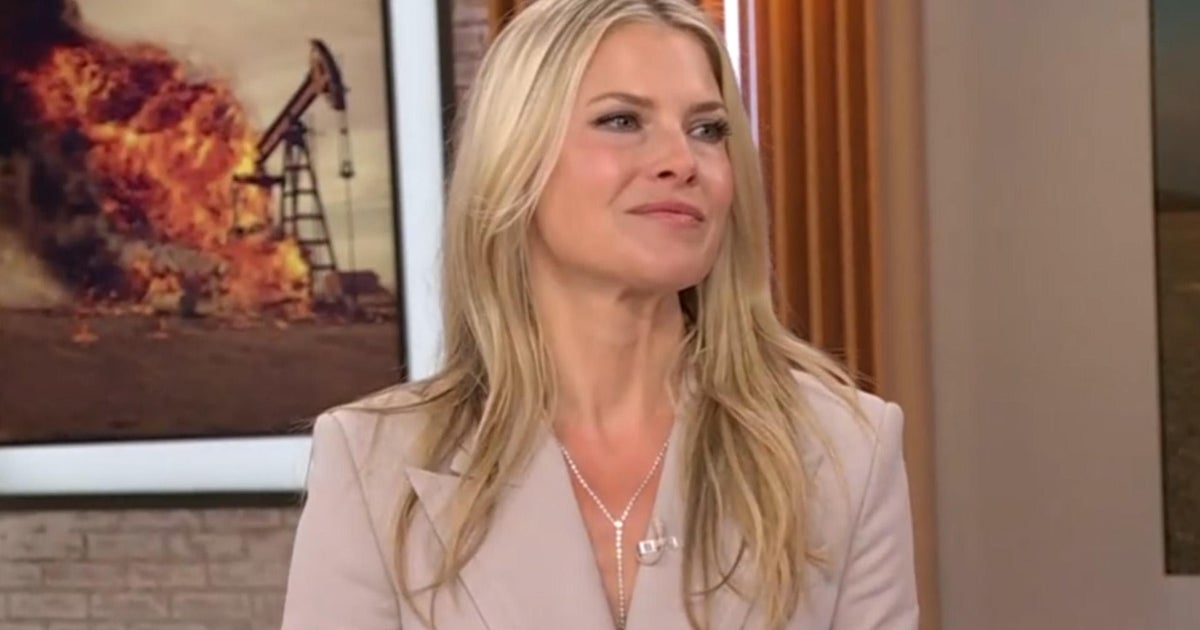When the New Jersey Symphony was planning this season’s centennial celebrations, which come to a close this weekend, a question kept coming up: Would the orchestra be going to Carnegie Hall?
After all, appearing at Carnegie — even if that means renting the hall — is a mark of excellence and validation, an exclamation point on a tour or a special occasion. Like a 100th birthday.
While the New Jersey Symphony has given many Carnegie performances over the years, most recently in 2012, it decided this was not the right time to return.
“Sure, we can go to Carnegie,” Gabriel van Aalst, the orchestra’s chief executive, recently recalled thinking. “We could have hired it out; we could have done it. But I strongly felt that this major tentpole celebration should be us in our state. Our supporters are here, our audiences are here.”
These were striking words from an institution long characterized by what — and where — it is not. The elephant in the concert hall is that New Jersey is squeezed, geographically, between two of the world’s greatest ensembles, the New York Philharmonic and the Philadelphia Orchestra.
Smaller than either of those giants, the New Jersey Symphony has lately punched above its weight in programming ambition — and, as the music world continues to rebuild from the pandemic, has prided itself on thinking locally rather than trying to compete with its famous neighbors. In Xian Zhang, its music director since 2016, the ensemble has an energetic, collaboration-minded leader well liked by the players.
“Since I’ve gotten here, I’ve hired 10 positions,” Zhang said. “We only have 66 musicians total, so that’s a high number. And after the pandemic, when everybody came back, there’s been even more of a sense of unity and wanting to be together. It feels closer now, psychologically.”
What was initially called the Montclair Art Association Orchestra made its debut on Nov. 27, 1922, boasting female members at a time when that was unusual. The inaugural program included Bruch’s Violin Concerto No. 1, which Joshua Bell will reprise in this weekend’s season finale.
In its early years, the orchestra benefited from its closeness to New York, since many of its players were also part of the Philharmonic — and even now, the proximity can be valuable for attracting talent. (The star pianist Daniil Trifonov might not be such a perennial presence if he didn’t live just across the Hudson River in Battery Park City.)
Under the decade-long directorship of the young conductor Samuel Antek, who died suddenly in 1958, community outreach — lowering ticket prices, appearing on the radio, hiring local choruses, creating children’s concerts — was a priority. Ten years later came the glamorous tenure of Henry Lewis, the first Black music director of a major orchestra, who presided over the kind of booming institutional growth that spread throughout the American orchestral world in the 1960s and ’70s.
The ensemble has been known for charismatic podium leaders. Hugh Wolff’s programming was creative, and his performances polished. Under Zdenek Macal, the New Jersey Performing Arts Center in Newark opened in 1997, providing a home base for the orchestra, and Neeme Järvi, in charge from 2003 to 2009, led enthusiastically received concerts.
When Zhang, born in China in 1973, made her first guest appearance, in 2010, her English was still a work in progress, recalled Eric Wyrick, the orchestra’s concertmaster.
“She was very businesslike” at those initial rehearsals, he said. “Very straight up and down with her delivery. But then, at the performances, she just exploded. For a tiny person, she was just huge.”
“I felt this orchestra was, for me, very easy to conduct,” Zhang said. “They read me easily.”
With swooping yet clear gestures, she has guided the ensemble into repertory it hadn’t touched in a long time — like, earlier this year, Mahler’s Third Symphony — as well as major commissions from composers like Steve Mackey, many of them based in New Jersey.
At a recent rehearsal for a concert that featured Randall Goosby as the soloist in Tchaikovsky’s Violin Concerto, she worked with the musicians on a new piece by Chen Yi, emphasizing buoyancy and the length of the musical line: “Everything needs to be lighter and have a lot of space.” (With the composer in the house, it was a rare moment in the music world — a rehearsal being guided entirely by women of Asian descent: Zhang, Chen and the ensemble’s assistant conductor, Tong Chen.)
“They’re faster than a lot of orchestras to grasp different things,” Zhang said after the rehearsal — a necessity, since the group is constantly traveling among its five main performance spaces across the state.
“Because we’re not a behemoth, we can be more responsive to community needs,” van Aalst said. “Traditionally orchestras either say, ‘Come to us, we’re wonderful,’ or they go out into communities and say, ‘Hey, listen to us.’ We were very intentional that we were going to go to communities and ask, ‘What do you need from us?’”
This approach has meant bigger and richer Lunar New Year celebrations than at most American orchestras, and an intriguing performance of Indian music in May that aimed to engage with the state’s substantial South Asian community. The players’ contract has a strong chamber component, encouraging participation in educational activities.
“We’re not going to compete with the New York Phil,” van Aalst said. “We’re not going to compete with Philadelphia. That’s not the point. We have been very intentional about framing the orchestra as ‘your New Jersey Symphony.’ We’re here for your community.”
Zhang’s current contract extends through the 2027-28 season, at which point hers will be, at 12 years, the longest music directorship in the orchestra’s history. “She could have done this for eight years and gone and done other things,” van Aalst said. “But I think she loves being here; there’s a symbiosis.”
There are also things to look forward to: new repertory, including more Mahler and a robust slate of commissions, as well as hopes to create a new building that the orchestra would own — unlike the New Jersey Performing Arts Center, which is its own entity — devoted to offices, rehearsals and education. In the even longer term, there are dreams for a summer venue for the region, along the lines of the Hollywood Bowl.
While Zhang said she would love to lead the orchestra on tour, including internationally, there doesn’t seem to be much worry about proving the ensemble’s bona fides — particularly nearby.
“I would rather commission two new pieces from New Jersey composers than spend the money to go to Carnegie Hall,” van Aalst said. “That’s actually driving the art form forward; that’s actually celebrating the orchestra.”











